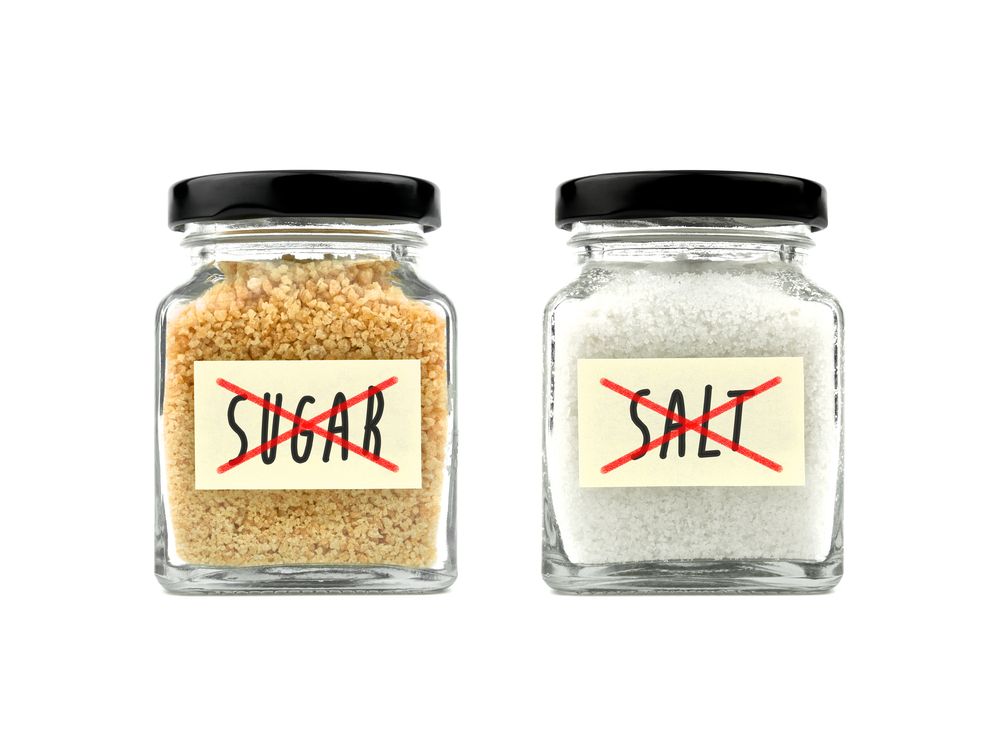Sugar & Salt - Hazardous to Your Health
Sugar and salt are a deadly combination and researchers say everyone should eat less of them.

Sugar and salt don't have much in common except that health experts would like everyone to eat less of them.
In the case of sugar, a major new study suggests limiting "free" sugar – meaning sugar added to food and drinks – to about six teaspoons a day and limiting sugar-sweetened drinks to less than one serving a week.
Yes, you read that right: one serving a week of sugar-sweetened drinks.
And as for salt, a non-profit group wants the Food and Drug Administration to set long-term voluntary sodium reduction targets for a long list of food. The Center for Science in the Public Interest (CSPI) says that reducing sodium in the food supply could save tens of thousands of lives and tens of billions of dollars in healthcare costs each year.
Spoonfuls of sugar
In the sugar study published in a British medical journal, experts found significant harmful associations between sugar consumption and 45 outcomes, including asthma, diabetes, obesity, heart disease, depression, some cancers and death.
It’s widely known that excessive sugar intake can have negative effects on health and this has prompted the World Health Organization (WHO) and others to suggest reducing consumption of free or added sugars to less than 10% of total daily energy intake.
The review included 73 meta-analyses (67 of observational studies and six of randomised controlled trials) from 8,601 articles covering 83 health outcomes in adults and children.
Significant harmful associations were found between sugar consumption and 18 endocrine or metabolic outcomes including diabetes, gout and obesity; ten cardiovascular outcomes including high blood pressure, heart attack and stroke; seven cancer outcomes including breast, prostate and pancreatic cancer; and ten other outcomes including asthma, tooth decay, depression and death.
Too salty
But while it's easy – though maybe not pleasant – to cut down on added sugar, salt is another matter. Most of the salt Americans get doesn’t come from the salt shaker or cooking from scratch. Rather, it comes from processed and restaurant foods.
Many packaged foods can approach a day’s worth of sodium (2,300 mg for adults) in a single serving. A Campbell’s Chicken Noodle Soup microwavable bowl has 1,550 mg of sodium. A Hungry-Man Selects Classic Fried Chicken meal contains 2,010 mg, CSPI said.
It’s not uncommon for a single restaurant meal to provide a day’s worth of sodium or more. Denny’s All-American Slam breakfast, for instance, has 2,340 mg of sodium. At Red Lobster, the Lobster & Shrimp Tacos contain 6,620 mg, nearly three days’ worth.
CSPI has been urging the FDA to reduce sodium in the food supply since 1978, when the organization first filed a petition asking for labeling of and limits on sodium in packaged foods. Not much has happened since then despite CSPI's continued protests.
